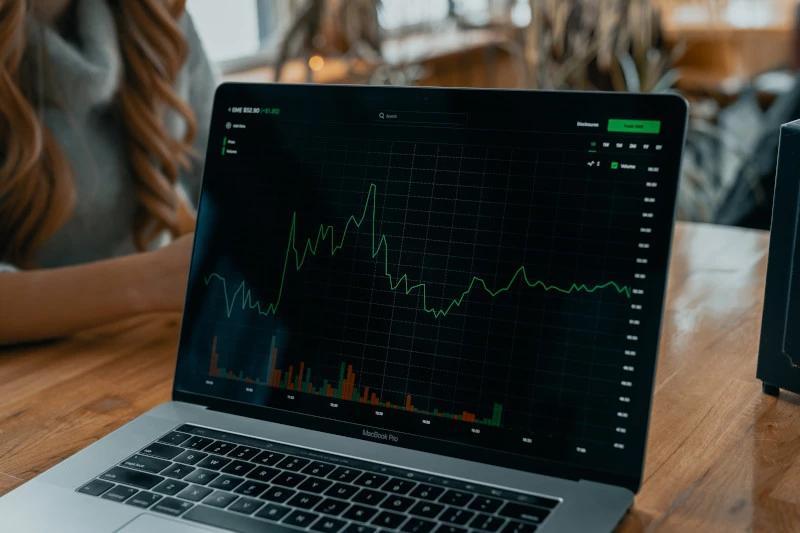Calculating Position Size: The Key to Forex Trading
November 21, 2023, 4:00 PM | The content is supplied by a Guest author
Position size may seem like a simple concept, especially with the abundance of lot size calculators that can do the work for traders. But, understanding the logic behind position size calculations can enable traders to maximize profits, making informed decisions without endangering their accounts.

What Is Position Size?
Position size is also known as lot size, trade size, contract size, or investment size. It is the total number of base-currency units in a forex trade. Calculating position size plays a crucial role in determining the level of risk and potential return in any one trade.
In forex, position size is measured in the base-currency amount converted to lots. Generally, a lot is 100,000 units of a base currency. There are also mini lots, which are 10,000 units, and micro-lots, which are 1000 units.
Why Position Size Is Vital to Forex Trading
There are several reasons why forex traders need to put some thought into their position size, rather than simply trading what their account can afford. These include:
Optimized Returns - Position size enables forex traders to strike a balance between risk and return, optimizing potential profits within their risk tolerance.
Risk Management - Calculating an optimal position size allows forex traders to control the amount of their capital at risk and avoid excessive losses.
Account Preservation - Leading on from that, appropriate position size allows traders to preserve their remaining trading capital should things go wrong.
Consistency in Strategy - Choosing a similar position size for multiple trades can help ensure a systematic, structured and controlled approach to trades.
Volatility Adaptation - Forex markets display a degree of fluctuation by their very nature. Calculating an optimal position size can assist traders in matching volatility and navigating changing market conditions.
How to Calculate Position Size
Calculating position size may not initially seem like an intensive process, but there are multiple factors to take into account. Experienced forex traders use a similar strategy as a lot size calculator, taking the following steps:
1. Determine Risk Tolerance
The larger a position size is, the more risk a trader exposes themselves to. Risk tolerance is the total amount a trader can stand to lose on a trade and still maintain their account. Most traders opt for a risk tolerance between 1% and 3% of their total account value. So, if an account has a total value of $3000, and a trader’s risk tolerance is 1%, they are willing to risk no more than $30 on a single trade. This amount can often be applied to an account as a per trade cap to ensure consistency.
2. Identify Stop-Loss Level
Traders then determine the maximum amount they are willing to lose on a certain trade. To do this, they take into account market volatility and potential volatility, price swings and risk tolerance. Stop-loss levels, when combined with entry price, can serve as an arbitrary lot size calculator, giving a rough indication of total position value. If entry price and stop-loss amount are closer, markets are likely less volatile, so traders can take a larger position size and vice versa.
3. Calculate Percentage in Point (pip) Value
A pip is a movement in the exchange rate of a currency pair for a whole unit at the fourth decimal place. Calculating pip values is important for lot size calculation, as the larger a position is, the bigger the loss per pip will be. Pip value will vary depending on the currency pair and the size of the position. Many lot size calculators will also have built-in pip value calculators.
4. Determine Position Size
Position size must be adjusted depending on the distance to stop loss and the value of each pip. Therefore, the formula to determine position size is base currency amount at risk / (pip value per lot x stop loss in pips). For example: A trader’s account has a balance of $10,000, and they are willing to risk 2% of the total account value ($200). They determine that their stop loss will be set at 50 pips, and the pip value for the currency pair they are trading is $0.10. So, 50 x .1 = 5. Then, 200/5 = 40. So, the total position size will be $40. There are countless lot size calculators traders can use to do this for them.
5. Round to Lot Size
Since position sizes are denoted in lots, traders then need to round their total position size in their base currency to the nearest standard, mini, or micro-lot amount. What kind of lot is used will be based on the trader’s/broker’s preferences and the platform they use. Using the example above, a $40 lot size will be 40 micro-lots, 4 mini lots, and 0.4 standard lots.
In Conclusion…
Calculating the appropriate position size is vital to successful forex trading because it serves as the foundation of so many other strategies. Risk management, consistent trading, responses to market volatility, preserving account balance and optimizing returns all play into and are affected by position size. In the dynamic landscape of forex, lot size calculators or calculations made without automated tools are a key factor in long-term success.
Top-Tier Trusted Brokers
The table below contains links to 3rd party websites of our top partners from whom we receive compensation at no additional cost to you.

























